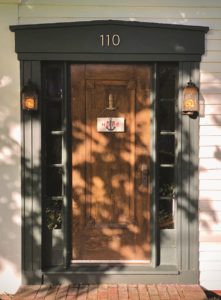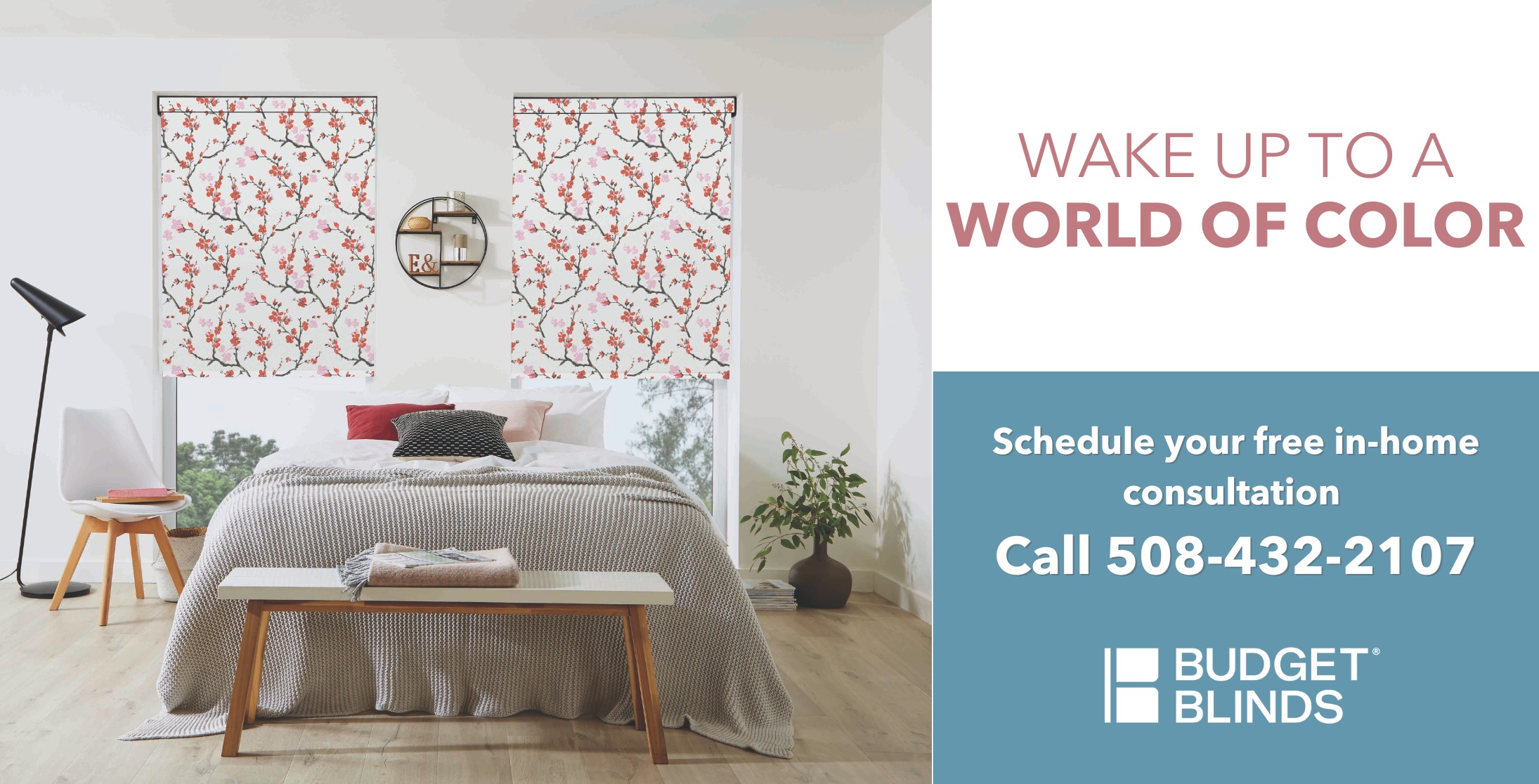A home speaks to its visitors before they even cross the threshold. Coming around the corner or reaching for the front gate, we take in a multitude of details, the house’s architecture hinting at its age, color suggesting a mood, landscape revealing the proclivities of the occupants. If it is evening, the lighting allows us to view the entire scene and invites us to the door — or not.
We might approach carefully when a house is lit dimly from a distant streetlight or defensively if it is defined starkly with floodlights. Most times, we count on a gently illuminated path or a glowing pair of sconces standing sentry beside the entryway, designating our arrival to a space separate from the outside world.
Architects see lighting a landscape as an important piece of the design puzzle, but ordinary people are often overwhelmed by the choices. We cling to our plastic solar powered stake lights and leave it at that.

Wellfleet architect Trevor Pontbriand — he’s a graduate of the Rhode Island School of Design who practices at Aline in Orleans –– says it helps to think through a few steps to make your outdoor lighting both functional and welcoming.
Pontbriand serves on the Wellfleet Zoning Board of Appeals, so naturally his first step is to check the rules. Local zoning bylaws and ordinances are meant to prevent light pollution and light trespass — the idea being to help you see your lighting choices from your neighbors’ point of view.
While it is unlikely that the luminosity of your patio or porch are contributing greatly to the problem, Pontbriand credits the International Dark-Sky Association (IDA) with inspiring people to think about light pollution. The IDA was founded in 1988 by an astronomer and a physicist, determined to protect the night sky — not only for our enjoyment, but because there’s research on how excess artificial light has affected not only wildlife and ecosystems but human health as well.
Let your love of a starry Outer Cape night remind you to make sure a mis-angled ground light or old fluorescent bulb are not creating a nuisance.
Next, before you shop, Pontbriand suggests you consider the purpose your lighting will serve. Fixtures can be purely practical, providing light on a path or doorway. But they can also be used to highlight a feature of the home or landscaping that adds to the beauty of your property.
If your house has a porch under a gable roof, recessed lighting can both highlight the porch and illuminate the entryway. Fixtures on either side of the door have a different effect, focusing attention on the entry itself. When the fixtures are more prominently on display, you’ll want to consider how they relate to the age and style of your house. A pair of aged brass wall mount lanterns with “seedy” glass provide warm diffuse light while complementing the worn wooden door at Pontbriand’s circa-1850 house in Wellfleet.
Whatever your fixture style, the bulb you choose is an often-overlooked detail that matters. Different bulbs have different color temperatures. Remember the light from old florescent bulbs? Many people are turned off by bulbs with that kind of high color temperature or blue cast. The warm light seen in the photo of Pontbriand’s porch is thanks to a vintage “filament” style bulb — an LED that uses only 4.5 watts, but throws off the equivalent of an old-school 60-watt bulb, and has a very warm color temperature.
Not all outdoor lighting has to be a commitment. While preparing for an at-home picnic, it’s sensible to find inexpensive additions and make do. Adding LED string lights to a backyard will shine light on the area while using very little power. If you’re settled in for the long haul, and know how you tend to use your space, Pontbriand suggests hardwiring in a nicer landscape fixture, or a few, made out of metal and plastic. Even though it means digging trenches and burying wires, the investment yields a longer-lasting result.
Either way, it’s worth considering outdoor lighting beyond your façade. Well-placed lighting can create an outdoor dining room where there really isn’t one — and it looks like those are spaces we’ll still be needing for a safer season ahead.



